In the kaleidoscope of human fears, the usual suspects—snakes, spiders, and heights—tend to take the spotlight. But lurking just beneath the surface are phobias that defy logic, even as they cling fiercely to the psyche. These are the bizarre animal phobias that, once they take hold, refuse to let go. They’re the fears you don’t see coming yet have the power to shape your world in unexpectedly profound ways.
1. Leporiphobia: Fear Of Rabbits
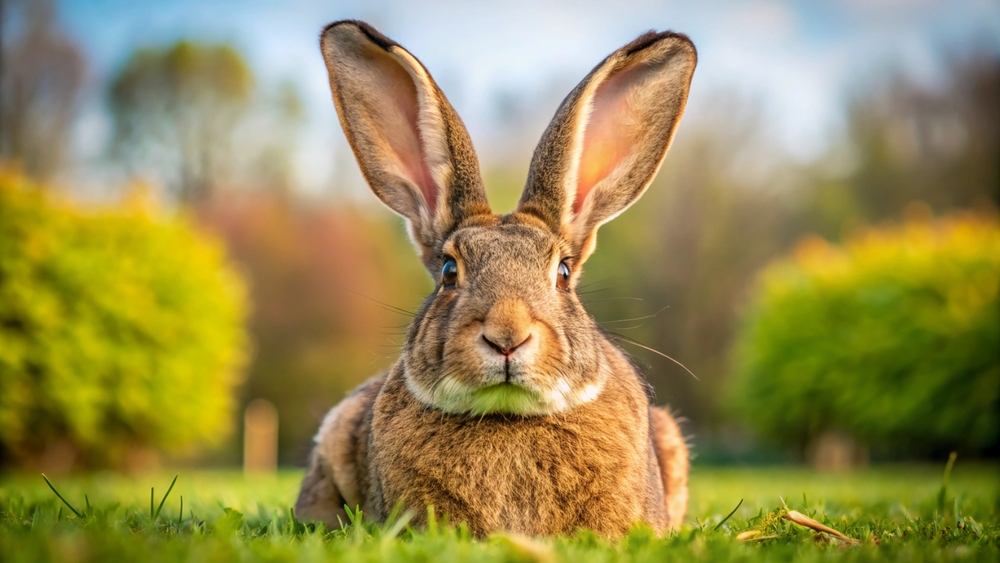
Yes, those fluffy creatures often associated with Easter and adorable animated movies can evoke an irrational fear known as leporiphobia. It’s not about the buck teeth or twitchy whiskers—it’s something deeper and more psychological. According to Dr. Carole Lieberman, a psychiatrist in Beverly Hills, this phobia often stems from early traumatic experiences or cultural myths portraying rabbits as tricksters or harbingers of bad luck. Imagine avoiding petting zoos or the cute critters in your neighborhood park because they send shivers down your spine.
The fear of rabbits might seem absurd to an outsider, but for someone with leporiphobia, it’s as real as any other phobia. The sight of a rabbit can trigger intense panic or anxiety, leaving the person feeling isolated and misunderstood. Every day life is peppered with reminders—think holiday decorations or viral memes—which can be incredibly triggering. Those living with this phobia may take great pains to steer clear of any rabbit-related imagery or experiences.
2. Ostraconophobia: Fear Of Shellfish
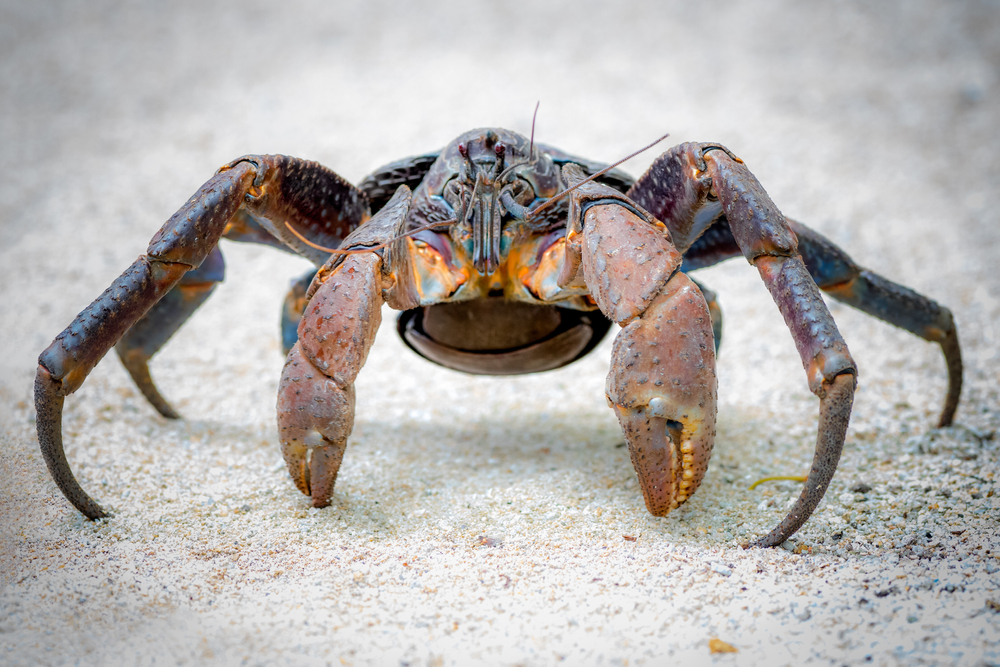
Shellfish, a mainstay of gourmet dining and seaside escapades, become the stuff of nightmares if you suffer from ostraconophobia. This fear can be triggered by the appearance, smell, or even the thought of shellfish. For some, it’s the alien-like appearance of creatures like crabs and lobsters that sparks terror, while others might dread allergic reactions or contamination. Imagine sitting at a seafood restaurant, paralyzed by anxiety as the waiter approaches with a platter filled with your worst nightmare.
What makes ostraconophobia particularly challenging is its social implications. Dining out with friends or attending events where seafood is served can become a minefield of anxiety. Explaining this phobia to others can be equally daunting, as it’s often met with disbelief or amusement rather than understanding. The challenge is not just avoiding shellfish but also managing the complex web of social interactions that revolve around food.
3. Ailurophobia: Fear Of Cats
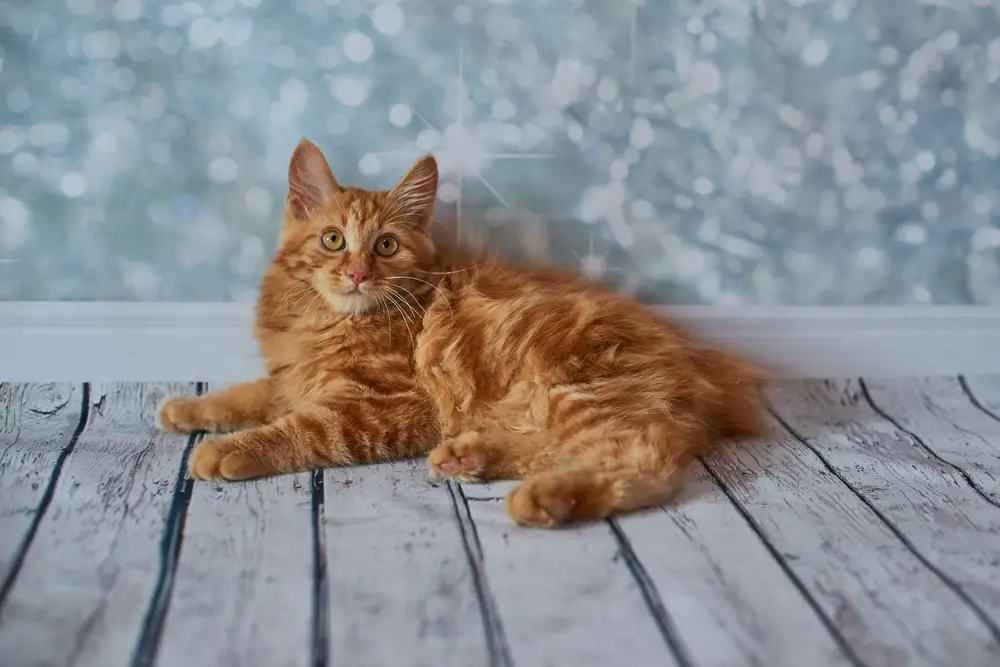
While cat memes have taken over the internet, not everyone finds these feline companions comforting. Ailurophobia is the intense fear of cats, which can be as debilitating as any other phobia. According to a study by Dr. Nancy Petry at the University of Connecticut, this fear might be tied to the mysterious and independent nature of cats, which can trigger anxiety in those who crave predictability and control. For the afflicted, even the sight of a cute kitten video can induce a full-blown panic attack.
Living with ailurophobia means navigating a world that’s increasingly enamored with felines. Whether it’s avoiding a friend’s house who owns a cat or steering clear of cat-themed pop culture, the constant vigilance can be exhausting. This fear is about much more than just the physical presence of cats; it’s often the unpredictability and aloofness of these animals that feed the anxiety. For ailurophobes, the sound of a purr can be anything but soothing.
4. Ichthyophobia: Fear Of Fish

For some, the idea of swimming with fish is more terrifying than exhilarating, thanks to ichthyophobia. It’s not just about the threat of a shark attack; it’s the very notion of fish themselves—slimy, scaly, and eerily silent—that can send shivers down the spine. The fear can extend from tiny minnows in a pet shop aquarium to the looming presence of a giant grouper in an underwater documentary. Individuals with this phobia might avoid beaches, aquariums, and even sushi restaurants.
The impact of ichthyophobia can ripple out into everyday life, making recreational activities and social outings fraught with anxiety. Attempts to rationalize the fear often fall flat, as it’s not about logical risk assessment but an ingrained, visceral reaction. The mere thought of encountering fish, whether real or imagined, can trigger palpable distress. For those affected, the ocean is not a place of wonder but a realm to be feared and avoided.
5. Ornithophobia: Fear Of Birds
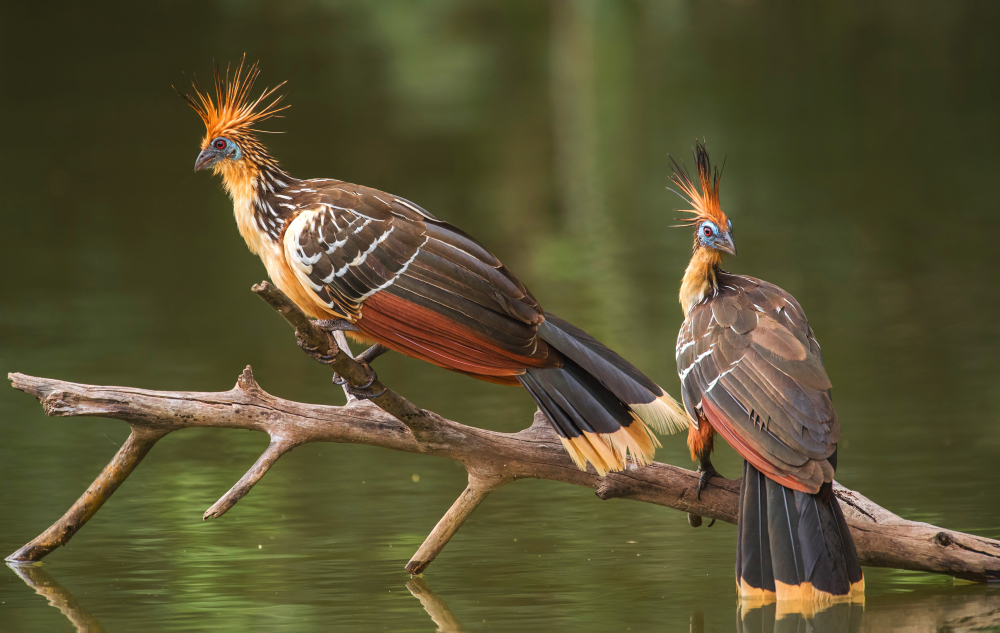
Birds, with their capacity for flight and melodious songs, can evoke terror in those suffering from ornithophobia. The fear isn’t limited to predatory birds like hawks or eagles; it can apply to sparrows, pigeons, or even the majestic peacock. Dr. Martin Antony, a psychologist at Ryerson University, suggests that this may stem from birds’ unpredictable movements, which can unsettle those who prefer control and order. For someone with ornithophobia, a simple walk in the park becomes a test of nerves.
The challenge with ornithophobia is the ubiquity of birds in our environment. They are part of our daily soundscape, and their unpredictable flight patterns can provoke anxiety at the most inconvenient times. Public spaces, once a source of enjoyment, become obstacle courses filled with potential triggers. For those who struggle with this fear, even something as commonplace as a flock of pigeons can transform a serene setting into an anxiety-laden ordeal.
6. Entomophobia: Fear Of Insects
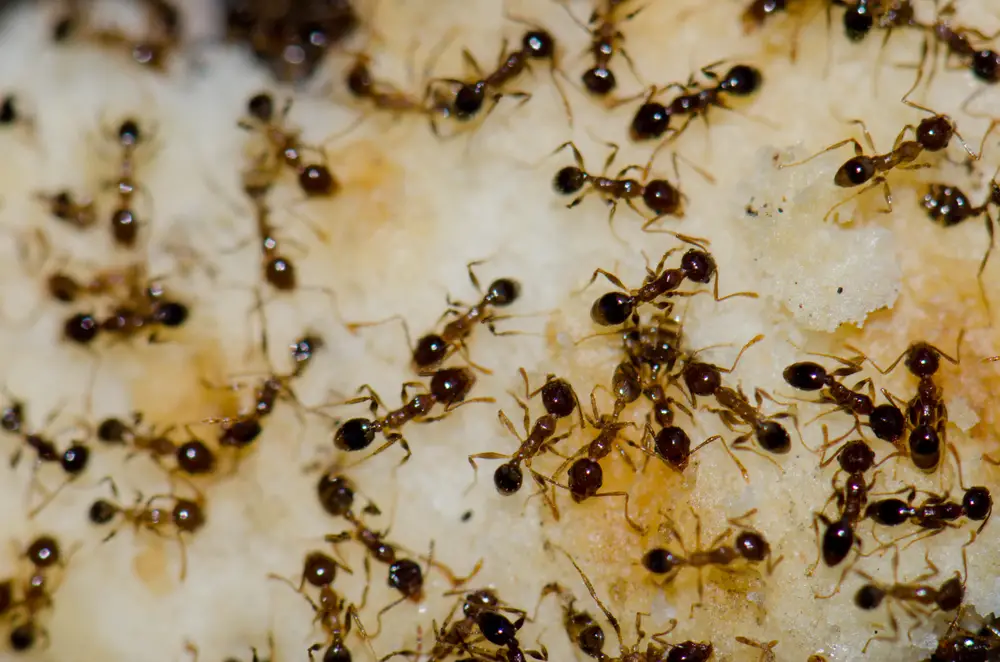
While many of us might squirm at the sight of bugs, entomophobia takes this discomfort to a clinical level. This fear encompasses all insects, from the crawling ant to the buzzing bee, and can induce panic that’s both immediate and overwhelming. The phobia isn’t merely about a fear of being bitten or stung; it’s often an exaggerated response to the unpredictable movements of these tiny creatures. Picture living in a state of constant vigilance, inspecting every corner to avoid an encounter with the feared invaders.
Entomophobia can impose significant limits on one’s lifestyle, affecting where you live, travel, and even how you engage with nature. The presence of insects can make outdoor activities a daunting prospect, leading to social isolation or avoidance behaviors. The anxiety can be so pervasive that even an image of an insect can induce a visceral reaction. For sufferers, the world becomes a gauntlet of anxiety-inducing stimuli.
7. Cynophobia: Fear Of Dogs

The notion that man’s best friend could be someone’s greatest fear may seem surprising, but that’s the reality for those with cynophobia. This phobia runs deeper than a fear of aggressive breeds; it can include any dog, regardless of size or temperament. Dr. Steven Feldman of the University of California asserts that this fear often stems from a traumatic event involving a dog during childhood, which imprints a lifelong association of dogs with danger. For cynophobes, a simple stroll in a neighborhood can become a harrowing experience.
Cynophobia isn’t just about fearing an encounter with a dog; it’s about the constant anticipation of such encounters. The anxiety can lead to avoiding public spaces, altering daily routines, and even severing social ties if pets are involved. For those afflicted, a barking dog is more than a noise; it’s a visceral reminder of their vulnerability. The challenge lies not just in managing the fear but in navigating a world where canine companions are an ever-present element of society.
8. Batrachophobia: Fear Of Amphibians
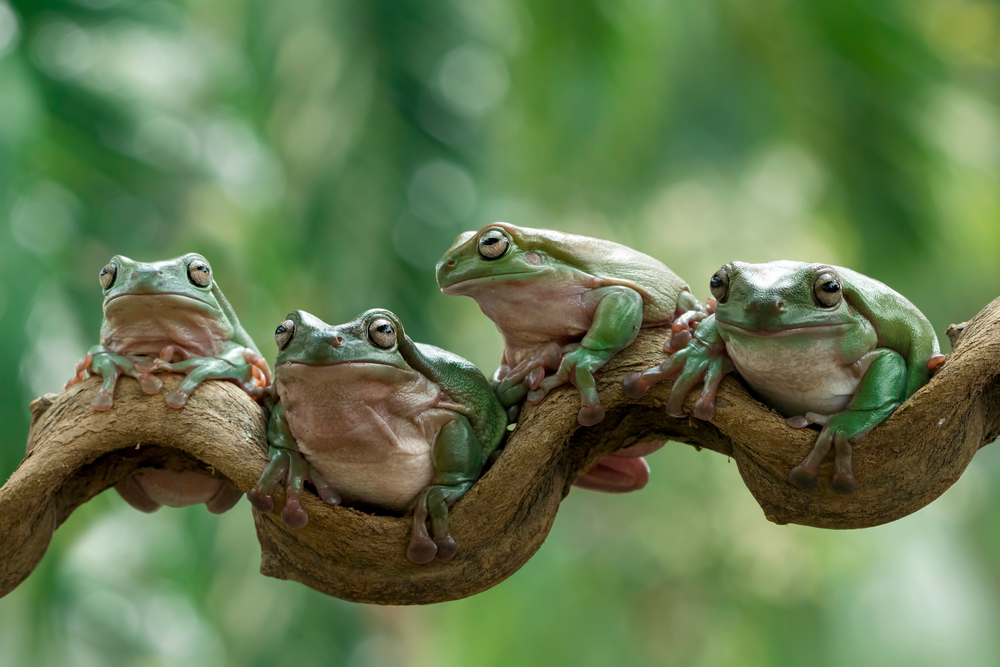
The slimy texture, bulging eyes, and unpredictable movements of frogs, toads, and salamanders trigger intense dread in those with batrachophobia. It’s not just about jumping at a frog’s sudden leap—it’s a deep-seated panic that can render someone paralyzed at the mere thought of encountering an amphibian. This phobia is often rooted in early childhood trauma or negative associations, like being startled by a toad in a garden or seeing a frog in a horror movie.
People with batrachophobia may avoid gardens, forests, or even rainy days where frogs are more likely to appear. Their fear isn’t soothed by logical reassurance, because the reaction is more visceral than rational. Just the sound of croaking can cause their heart to race. In extreme cases, even cartoon depictions of amphibians can be anxiety-inducing.
9. Apiphobia: Fear Of Bees
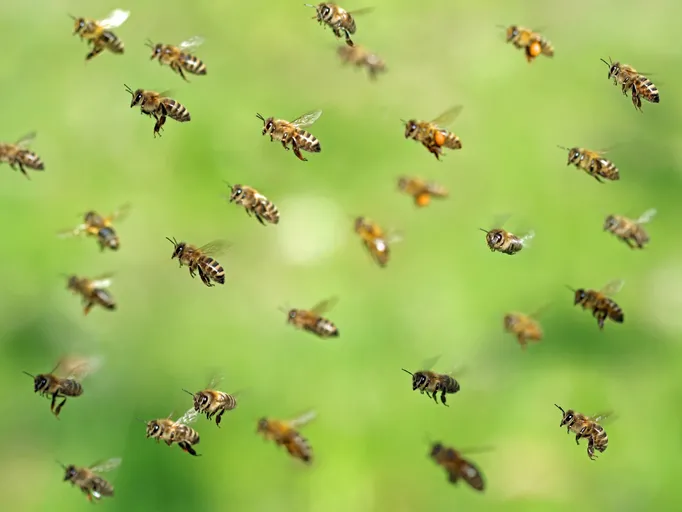
Apiphobia isn’t just about avoiding bee stings—it’s the paralyzing fear of the bee itself, buzzing with the threat of harm. This phobia can be sparked by a single sting or from cultural narratives about swarms and allergic reactions. But for sufferers, it quickly balloons into a disproportionate dread, making barbecues, hikes, or even gardening feel like high-risk activities.
Even the gentle hum of a passing insect can trigger panic. For those with apiphobia, it’s not uncommon to flee public spaces or cancel outdoor plans altogether. The buzzing becomes a psychological alarm bell, drowning out all sense of reason. Despite the bee’s ecological importance, apiphobes only see danger where others see pollination.
10. Equinophobia: Fear Of Horses
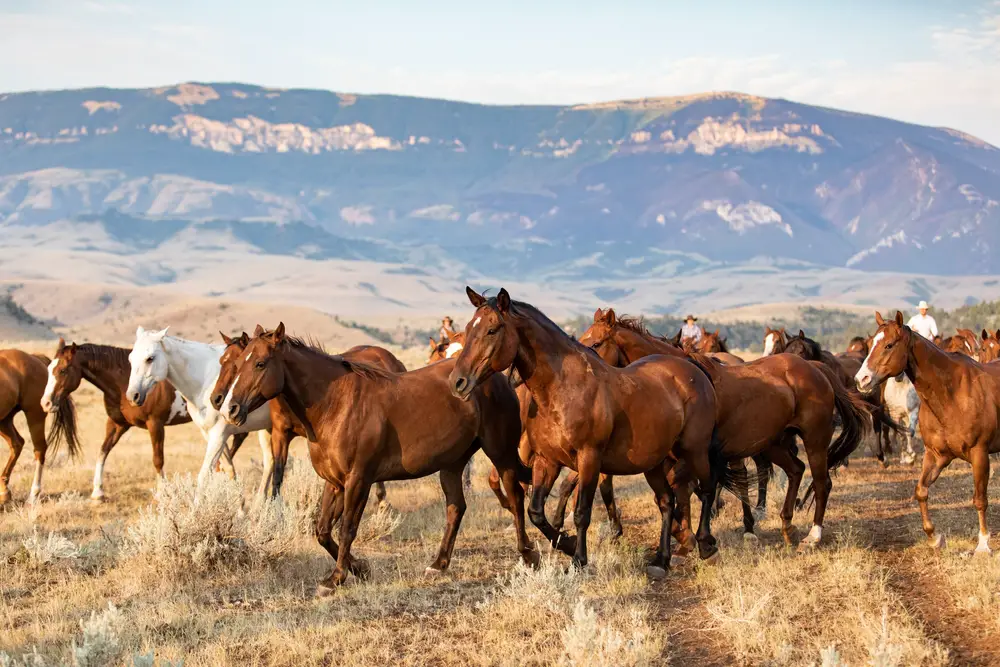
Despite their majestic beauty, horses can evoke intense fear in those suffering from equinophobia. It often originates from early-life trauma—like falling from a horse—or simply the intimidating size and power these animals possess. Horses’ unpredictability and strength become sources of anxiety, making stable visits or country living feel like minefields.
The fear extends beyond physical proximity. Even movies, photos, or stories featuring horses can trigger unease. People with this phobia may feel isolated in social settings where horseback riding is seen as a leisure norm. Their aversion isn’t snobbery—it’s a battle with visceral, deeply rooted fear.
11. Muriphobia: Fear Of Mice Or Rats
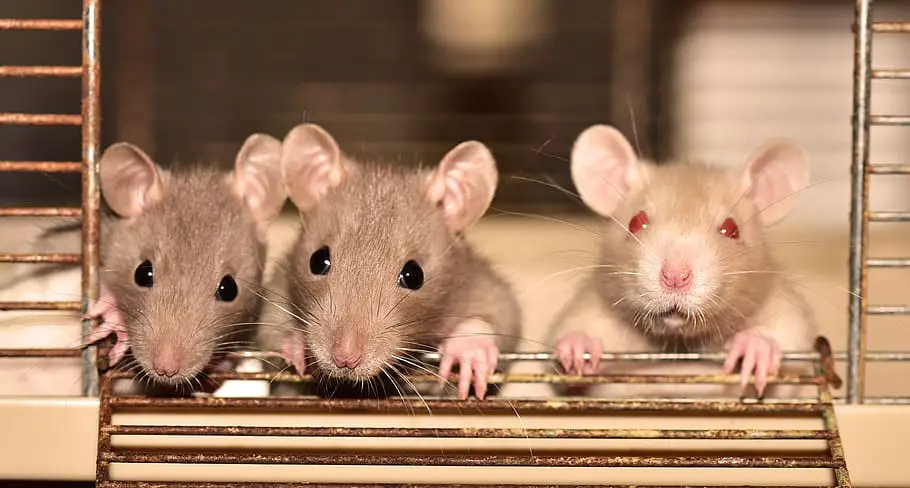
It might seem reasonable to recoil at a rat in the subway, but muriphobia is a full-blown phobia where even the mention of mice can incite anxiety. Fueled by hygiene fears, pop culture, and urban legends, this phobia paints rodents as harbingers of disease and chaos. For muriphobes, spotting a mouse in the house isn’t a minor inconvenience—it’s a catastrophic event.
Their fear is all-encompassing, prompting obsessive cleaning, sealing off rooms, or even relocating to avoid an encounter. Traps and pest control become non-negotiables, not just precautionary measures. Even cartoon mice, like Mickey or Jerry, can send a chill down their spine if the phobia runs deep enough.
12. Selachophobia: Fear Of Sharks
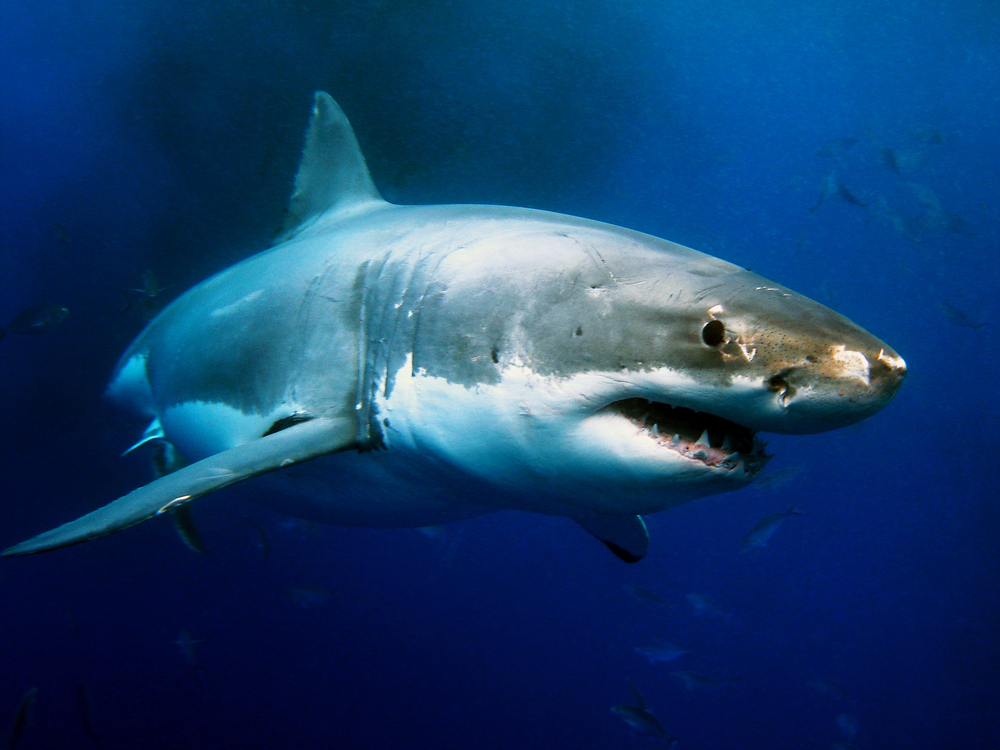
The ocean may be vast and beautiful, but for someone with selachophobia, it’s an abyss filled with lurking danger. Popularized and worsened by movies like Jaws, this fear can be irrationally intense, even manifesting in people who’ve never stepped foot in the sea. The fear isn’t limited to real-life ocean swimming; it can surface in bathtubs, pools, or even during underwater scenes on TV.
Selachophobes often struggle with vacations, beach outings, or documentaries involving marine life. They may feel irrational but unable to stop the intense physical response triggered by anything even remotely shark-like. It’s not about statistics or facts—it’s about what the mind believes could be hiding beneath the surface.
13. Zoophobia: Fear Of Animals In General
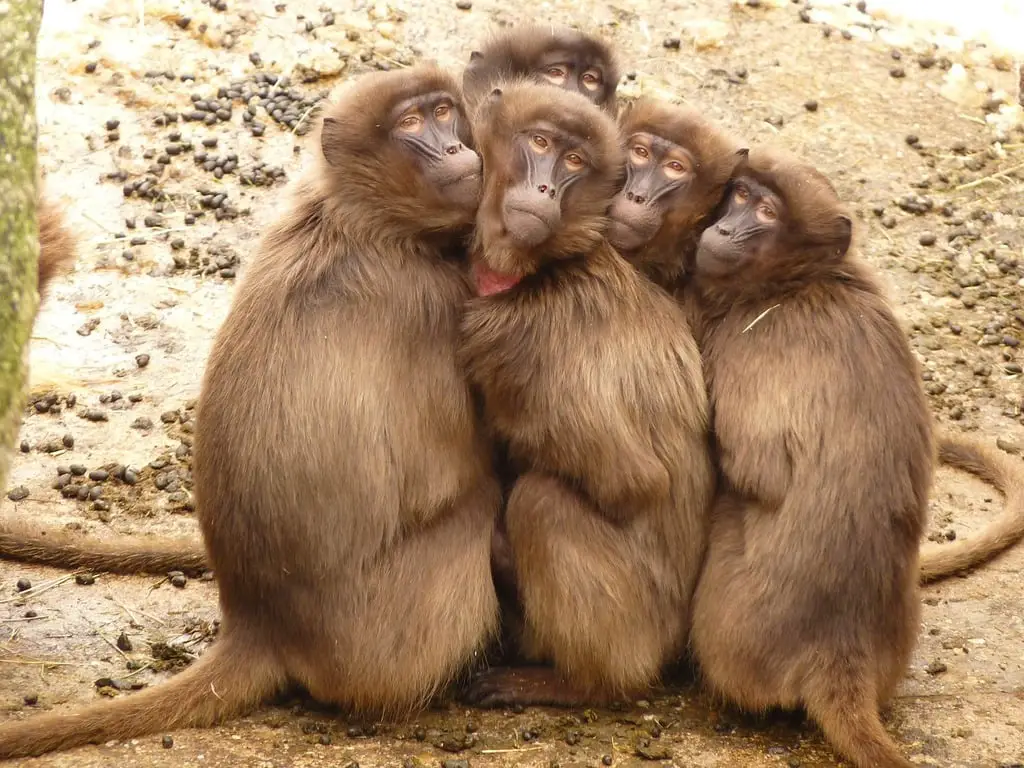
Zoophobia casts a wide net—it’s the fear of all animals, no matter how small, harmless, or domesticated. This umbrella phobia often develops from early trauma, neglect, or growing up in environments where animals were absent or viewed as dangerous. For someone with zoophobia, a trip to the zoo isn’t delightful—it’s distressing. Even puppies can feel like threats.
Living with this phobia can mean avoiding pet-owning friends, rural travel, and nature in general. It severely limits one’s ability to engage with the natural world and often creates a bubble of hyper-control. The fear can even extend to animal imagery in advertising or entertainment, turning everyday life into a landscape filled with unseen dangers.
